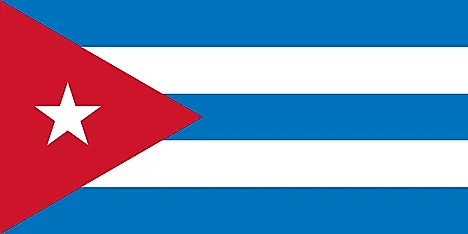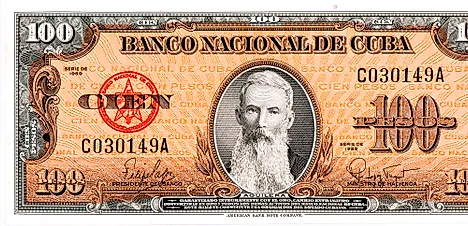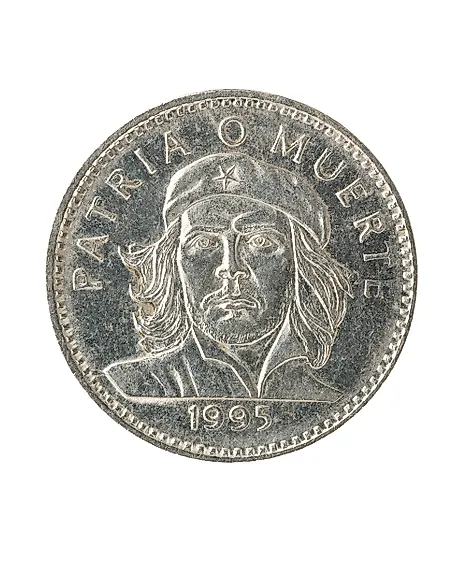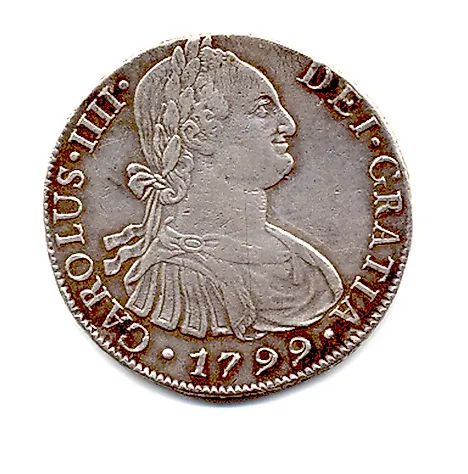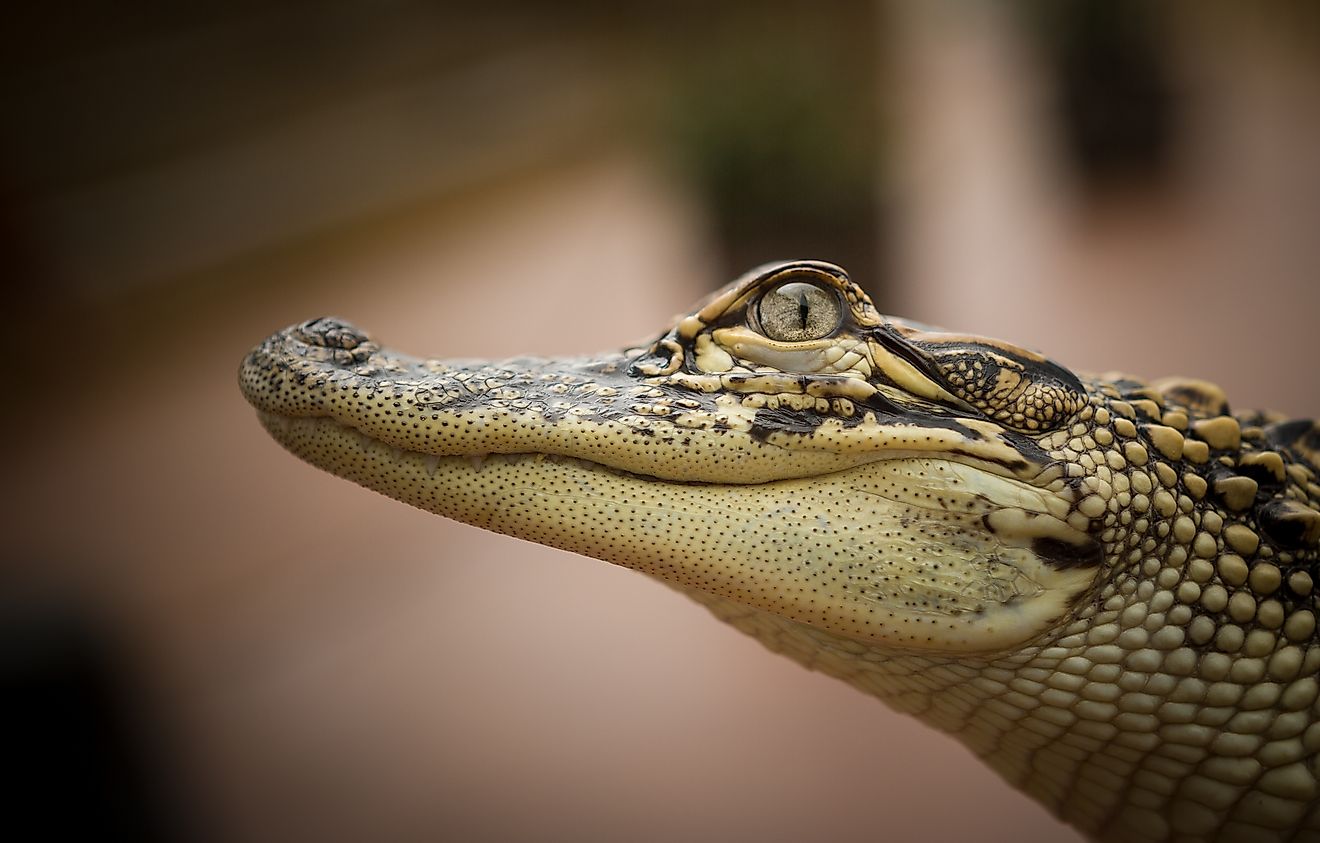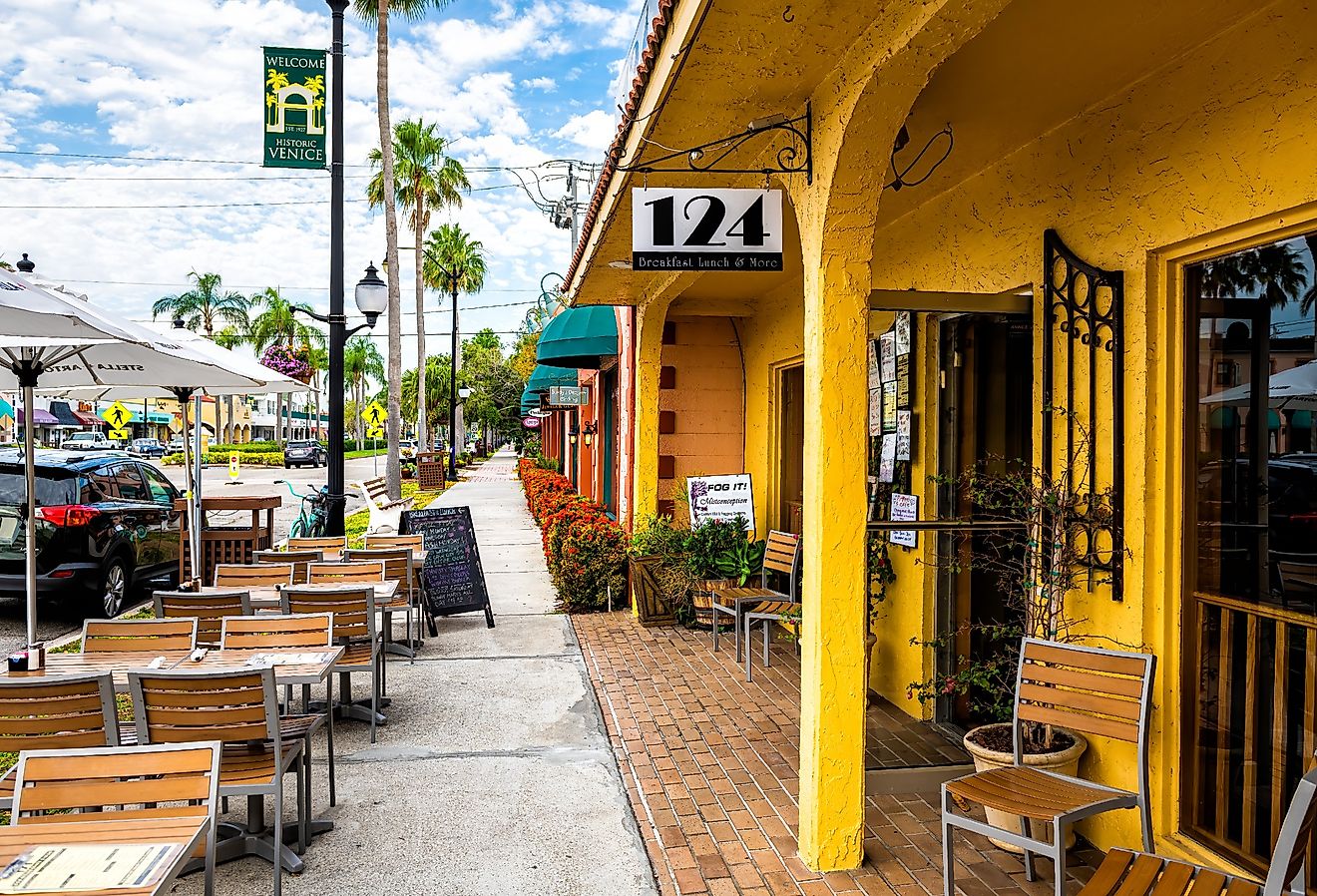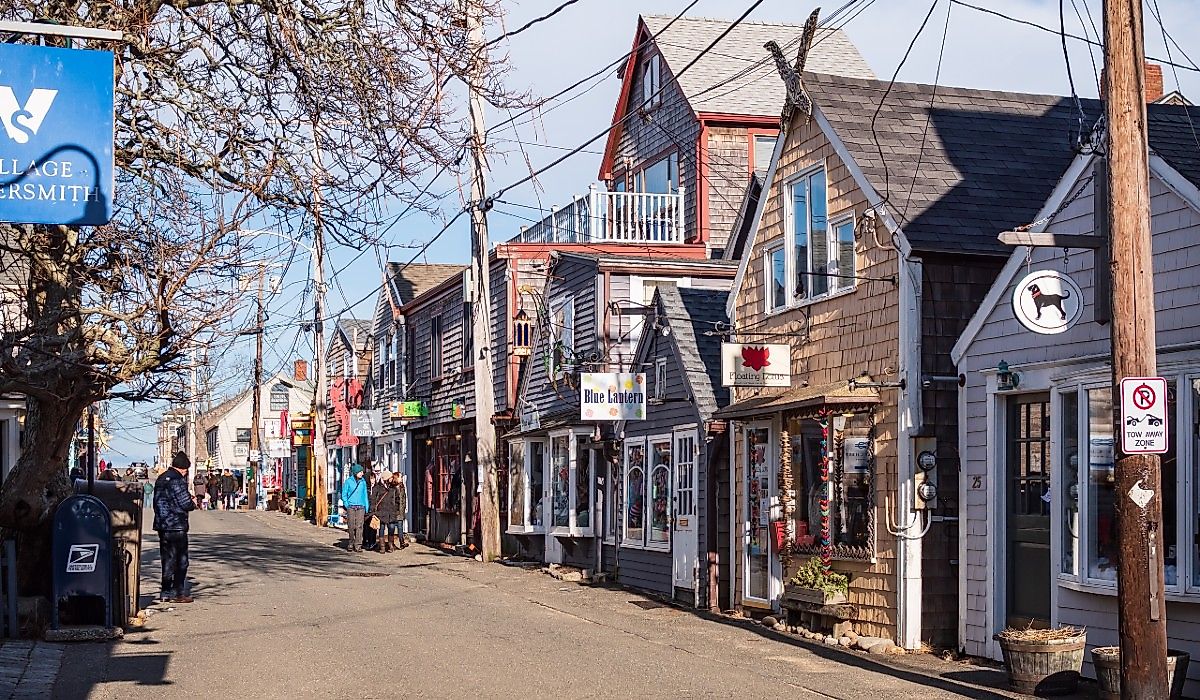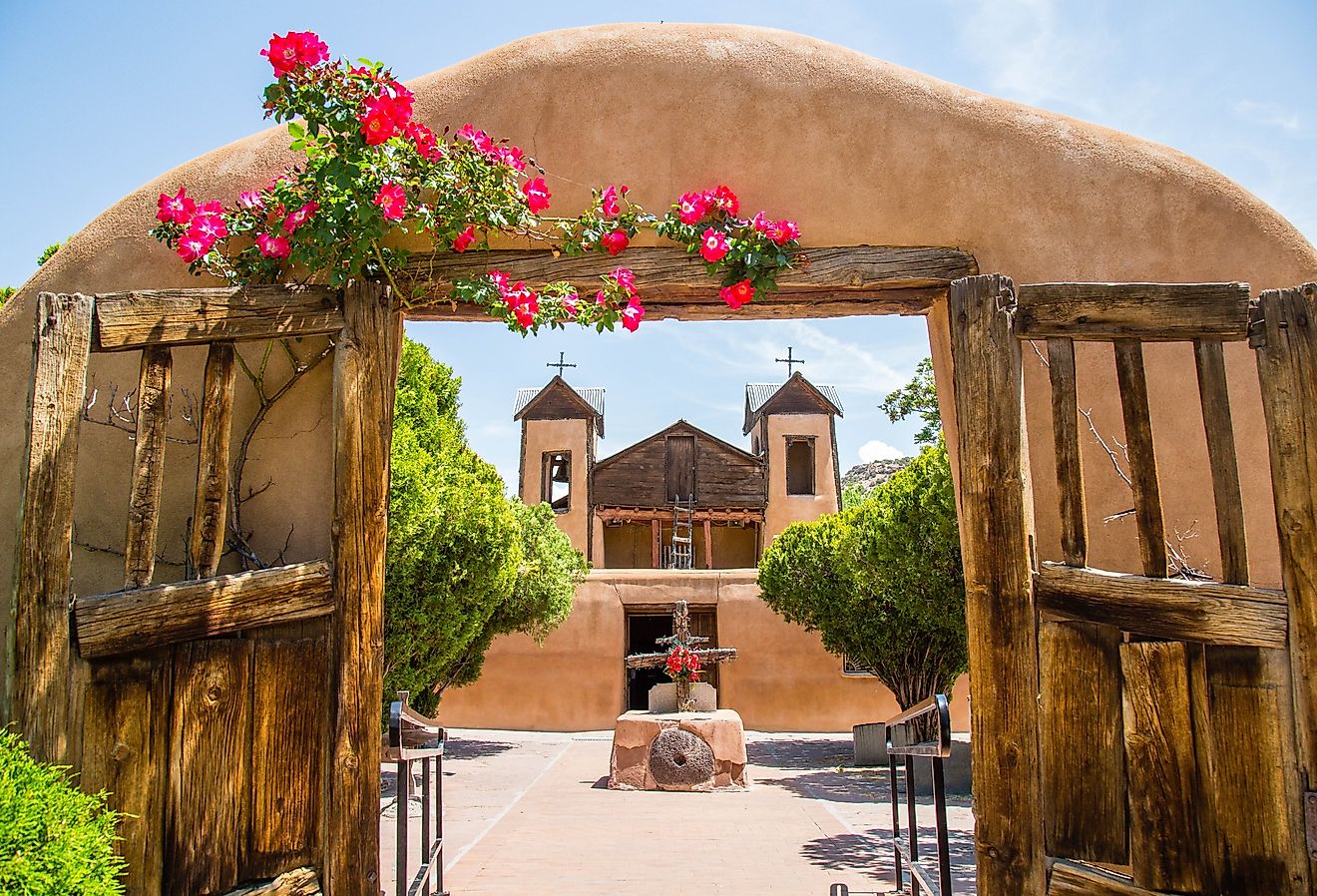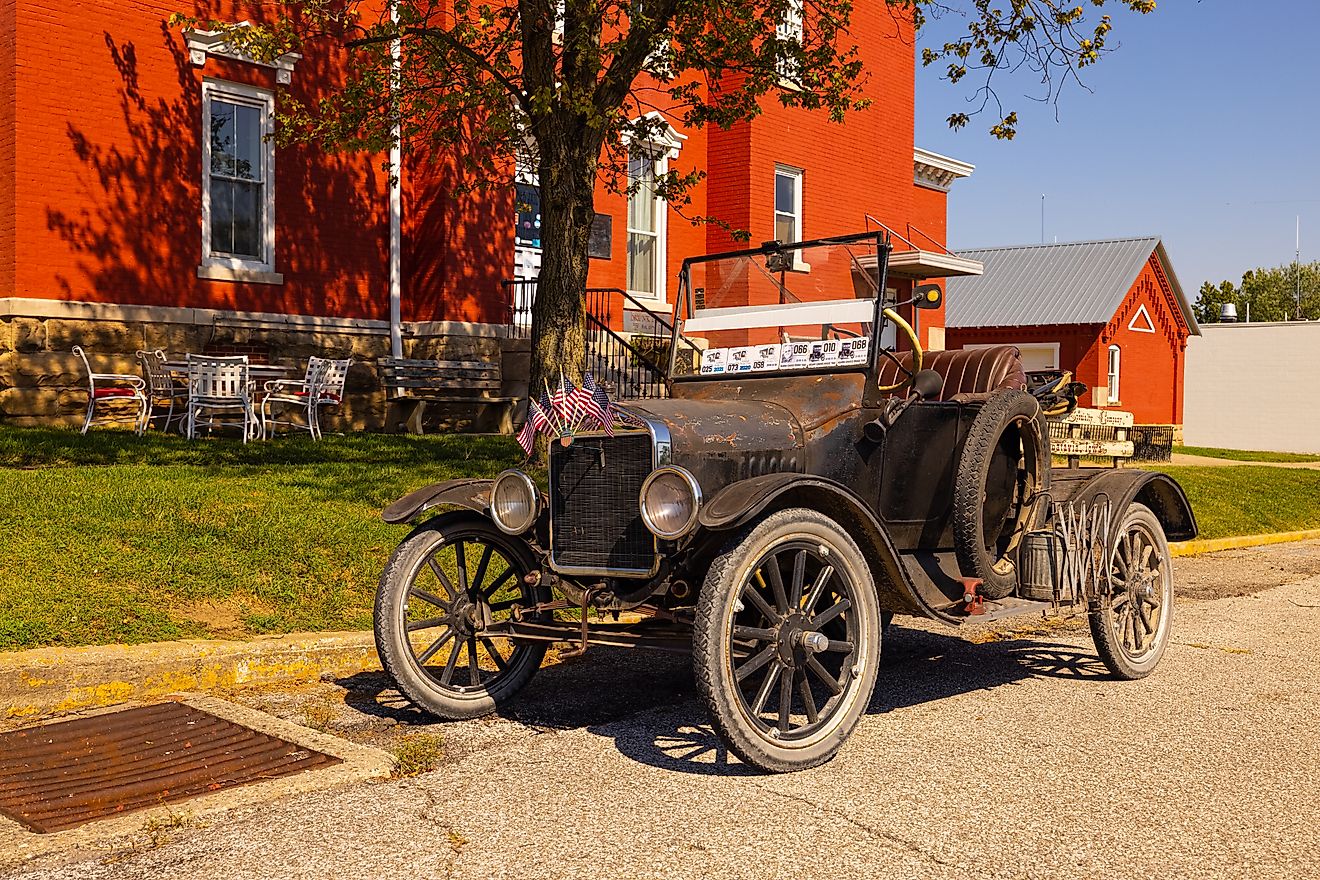Flags, Symbols & Currency of Cuba
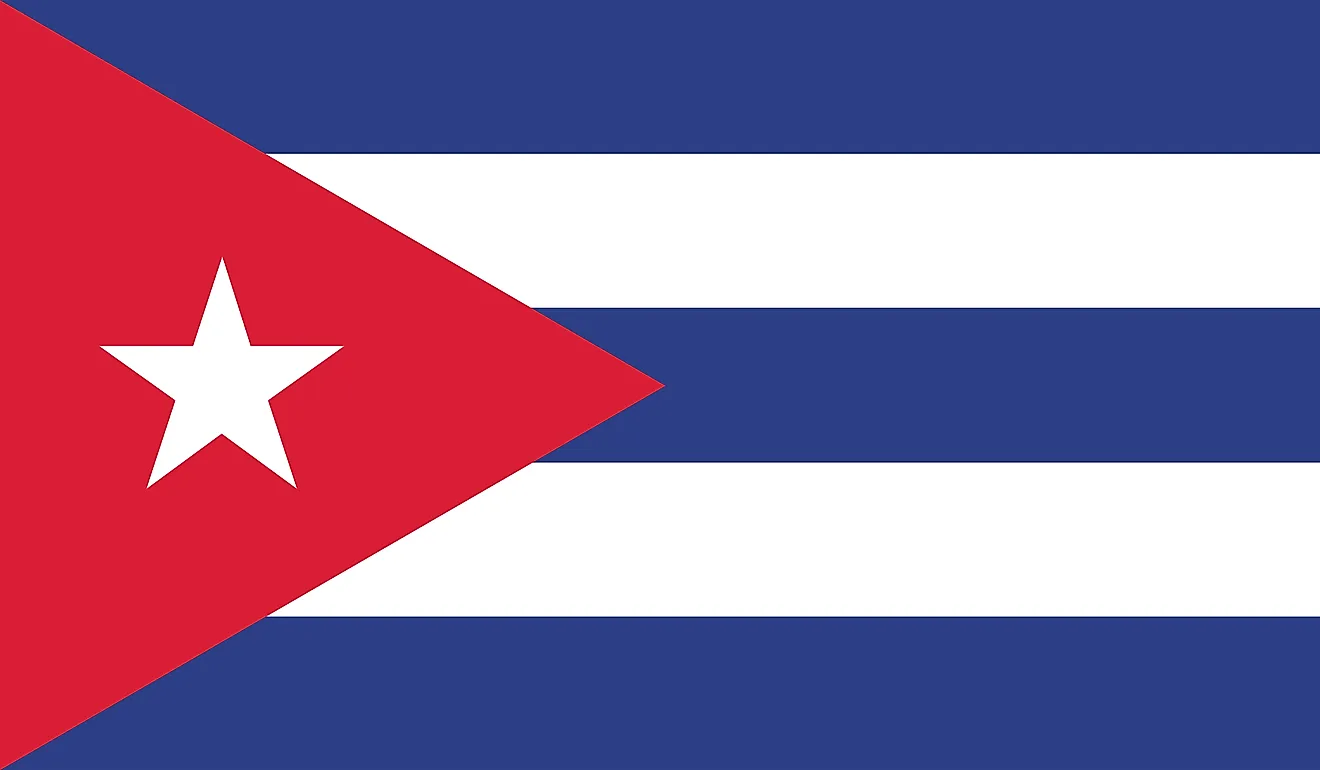
The National Flag of Cuba was officially adopted on May 20, 1902. The flag’s overall design is modeled after the flag of the United States of America and was designed in 1849 by Miguel Teurbe Tolón and Narciso López.
The National Flag of Cuba features three equal horizontal bands of blue (top, center, and bottom) alternating with two white bands. A red equilateral triangle based on the hoist side bears a white, five-pointed star in the center. The blue bands refer to the three old divisions of the island: central, occidental, and oriental. The white bands describe the purity and strength of the fight for the independence of Cuba. The red color stands for the bloodshed in the independence struggle. The red triangle is taken from the Masonic symbol for equality and hence symbolizes liberty, equality, and fraternity. The white five-pointed star (also called - La Estrella Solitaria, or the white Lone Star) lights the way to freedom and represents solidarity and independence. The flag has a width-to-length proportion ratio of 1:2.
History of the Flag of Cuba
The flag of Cuba had its origin in the United States of America. The flag was designed by a Venezuelan military general Narciso López, who was exiled from Cuba. López had developed the design with Miguel Teurbe Tolón, a Cuban poet who lived in New York City. The first Cuban flag was sewn by the poet’s cousin Emilia Teurbe Tolón. In 1850 López took this flag to Cuba and attempted a coup détat against the Spanish forces. The flag was first flown in the town of Cardenas on May 19, 1850. The attempt to overthrow the Spanish were however unsuccessful, but the anti-colonialists were able to gain control of the Cardenas town. In 1868, the Cuban War of Independence began and marked the beginning of the Great Ten Years’ War. The Constituent Assembly of Cuba chose the flag designed by Tolón and López to represent Cuba. On May 20, 1902, Cuba finally gained Independence and a military general named Máximo Gómez raised the Cuban flag at the Tres Reyes del Morro Castle in Havana.
Symbols of Cuba
The National Coat of Arms of Cuba

The current official National Coat of Arms of Cuba was designed by Miguel Teurbe Tolón and adopted on April 24, 1906. It consists of a shield, a wreath, and a Phrygian cap. The shield is divided into three sections: The gold key between two rocks symbolizes Cuba's position between North and South America. The blue and white stripes represent the national flag of Cuba. The lower right division of the shield contains a Cuban landscape scene. The Phrygian cap on the shield represents liberty. The wreath is made of an oak branch and a laurel branch that supports the shield on either side. The oak branch symbolizes the strength of Cuba and the laurel branch represents the honor of Cuba.
National Motto
"Patria o Muerte" ("Homeland or Death")
National Anthem
- Anthem Title: "El Himno de Bayamo" ("The Bayamo Anthem")
- Music Composer: Perucho Figueredo
- Lyricist: Perucho Figueredo
- Date of Adoption: 1940
"El Himno de Bayamo" ("The Bayamo Anthem") is the national anthem of Cuba. The song is also known as "La Bayamesa". The music of the anthem and the lyrics have been composed and wriiten by Perucho Figueredo. The anthem is performed along with a musical introduction that have been composed by Antonio-Rodriguez-Ferrer. The anthem was officially adopted in 1940 and was retained even after the Communist revolution in 1959.
"El Himno de Bayamo" (Spanish)
¡Al combate, corred, bayameses!,
Que la patria os contempla orgullosa;
No temáis una muerte gloriosa,
Que morir por la patria es vivir.
En cadenas vivir es vivir
En afrenta y oprobio sumidos.
Del clarín escuchad el sonido:
¡A las armas, valientes, corred!
"The Bayamo Anthem"
To combat, run, Bayamesans!
For the homeland looks proudly upon you;
Do not fear a glorious death,
For to die for the homeland is to live.
To live in chains is to live
Mired in shame and disgrace.
Hear the sound of the bugle:
To arms, brave ones, run!
The Currency of Cuba is the Cuban peso and the Cuban convertible peso
Cuba has two official currencies: the peso (CUP) and the convertible peso, also known as the Cuban dollar (CUC). The Cuban peso is informally referred to as the “national currency” to distinguish it from the Cuban convertible peso. Convertible pesos are 25 times more valuable than the peso (25 CUP per CUC), but the peso is more widely used. Cuba is a socialist country with a state-controlled economy. Most production is done by the government.
Coins
The first peso coins were minted in 1915 and made from cupro-nickel, silver, and gold. The cupro-nickel coins came in denominations of 1, 2, and 5 centavos (cents), silver coins were made in 10, 20, and 40 centavos and 1 peso, while gold coins came in denominations of 1,2, 3, 4, 5, 10, and 20 pesos. Other commemorative coins were minted, including the brass 1 and 5 centavos, which were issued in 1943. In 1953, a commemorative peso was minted for the centennial of Jose Marti. In 1981, 5,10,25 and 50 cupro-nickel centavos were introduced and in 1988, 1,5,10,25 and 50 aluminium centavos. The coins issued by INTUR between 1988 and 1989 were demonetized on October 15, 2001.
Banknotes
Cuban banknotes came into circulation before the introduction of coins. They were introduced in 185, in the denominations of 50 cents, 1, 5, 10, 50, 500, and 1,000 pesos, taking over from the Cuban dollars which were initially in circulation. In 1872, other banknotes in denominations of 5, 10, 25, and 50 cents and 1 and 3 pesos were introduced. The banknotes currently in circulation come in denominations of 1, 3, 5, 10, 200, 500, and 1000 pesos. The obverse side of Cuban notes features images of important Cuban Nationals, like Jose Marti, Antonio Maceo, Frank Pais, and Julio Mella.
Historical Currencies of Cuba
Prior to the introduction of the peso in 1857, Cuban peso Spanish and Spanish colonial reales served as currency in Cuba. Initially, peso was only available in banknotes and its value pegged to the US dollar at a ratio of 1:1. Coins were later introduced in 1915. The pegging of the peso to the US dollar was replaced by the Soviet ruble in 1960. Today, the peso is found in both coins and notes. In 2004, the US dollar was no longer accepted in Cuba and the convertible peso was the only option left for businesses to conduct trade-in. This was done in retaliation to US sanctions on the country. In 2013, the government announced its intentions to discontinue the use of the Cuban convertible peso and use only the Cuban peso.

